Stadium diplomacy
Stadium diplomacy is a form of cultural diplomacy practiced by the People's Republic of China through building and donating stadiums and sports facilities in Africa, Asia, Latin America, the Caribbean and the South Pacific.[1]
The construction of stadiums is financed depending on the project with some given as gifts; paid for through low interest, concessional loans; built in partnership with both China and the host nation taking on different construction responsibilities; or through some other kind of partnership.[2]
List
The following includes overseas stadiums and sports facilities built by China and donated as gifts or financed in association with the host country.[2] Stadiums built by Chinese construction firms but without Chinese government financing assistance are not listed.
Africa

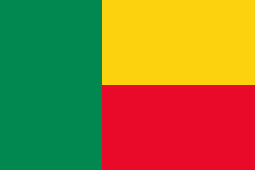


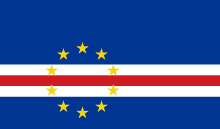





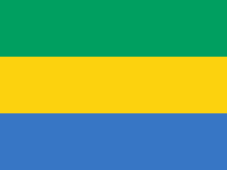
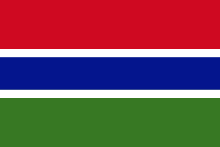

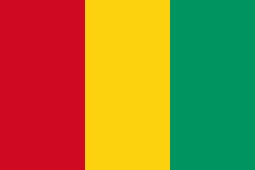



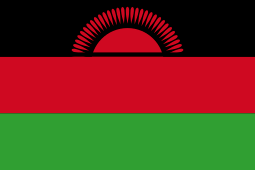

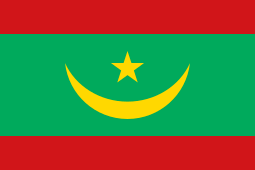
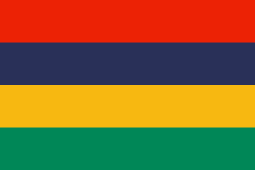



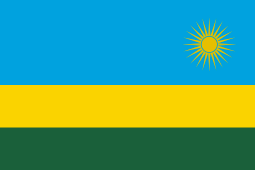

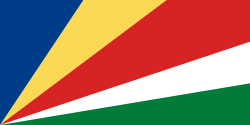







Asia





Caribbean
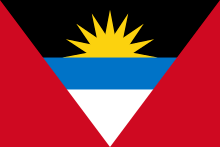
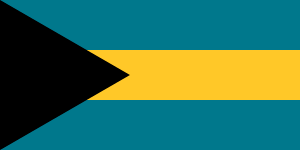
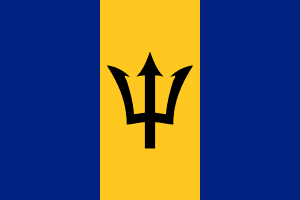
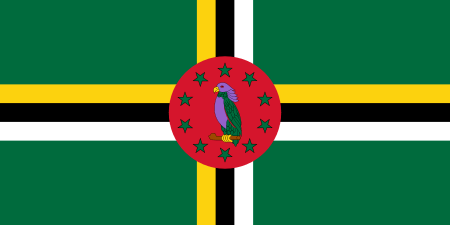
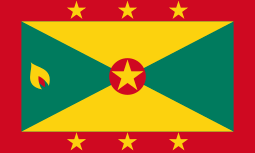
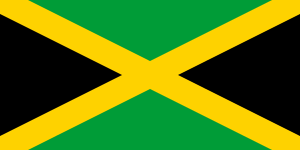
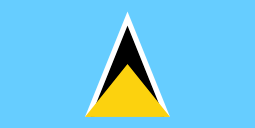
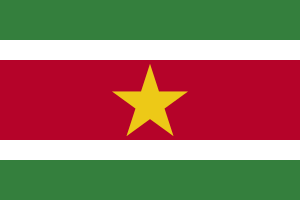
Latin America

South Pacific
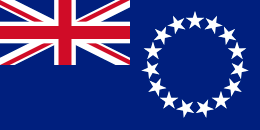
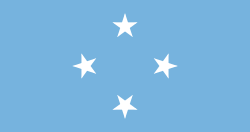
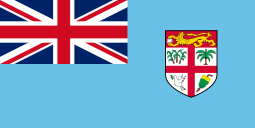
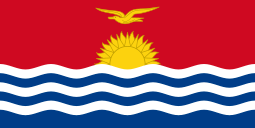

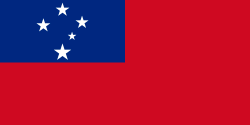
References
- ↑ Will, Rachel (2012). "China's Stadium Diplomacy". World Policy Journal. XXIX (2).
- 1 2 "China's 'Stadium Diplomacy' In Africa And Its Top Beneficiaries". Ventures Africa. 2013-03-29.
- ↑ "GRA Slashes Budget as Macro Outlook Deteriorates". Wikileaks.
- ↑ "中国援建的贝宁友谊体育场维修工程竣工" (in Chinese). Xinhua. 22 January 2003. Retrieved 20 January 2017.
- ↑ "China's top political advisor visits Yaounde Stadium, Confucius Institute in Cameroon". People's Daily. March 26, 2010.
- ↑ "10YAOUNDE95, China's Growing Presence in Cameroon". Wikileaks.
- ↑ "Chinese contractor finishes building Cape Verde's national stadium in October 2013".
- ↑ "Chinese foreign minister arrives Bangui". AfricaNews. 5 January 2007.
- ↑ "Djibouti and Request for Info on Chinese Assistance to Africa". Wikileaks.
- ↑ "10NAIROBI181, Chinese Engagement in Kenya". Wikileaks.
- ↑ "China-built Moi International Sports Center being fully used". People's Daily. May 17, 2005.
- ↑ "Kasarani spruced up as military rehearses handover". Capital News. April 2, 2013.
- ↑ "Is Mali ready for Nations' Cup?". BBC. Retrieved 17 January 2017.
- 1 2 "David V. Goliath: Mauritius facing up to China" (PDF). African Economic Research Consortium. January 2008.
- ↑ "Anjalay stadium, Belle Vue". Mauritius Sports Council.
- 1 2 "Reference List of Recent Major Urban Public Infrastructure Projects". China National Corporation for Overseas Economic Cooperation.
- ↑ "China Donated Project of Reparation of SEYNI KOUNTCHE Stadium in Niger". China Geo-Engineering Corporation International Ltd.
- ↑ "Stadium of Rwanda". China Civil Engineering Construction Corporation.
- ↑ "Flashback to terror". The Independent. 29 March 2006.
- ↑ "Leopold Senghor Stadium in Dakar, Senegal". Xinhua/Tai Jianqiu.
- ↑ "China hands over national swimming pool to Seychelles ahead of Indian Ocean Island Games". Xinhua. July 9, 2011.
- ↑ "随笔:塞拉利昂的中国气息" (in Chinese). Xinhua. 20 March 2013. Retrieved 20 January 2017.
- ↑ "President Koroma Unveils Bo Stadium". State House of the Republic of Sierra Leone. Archived from the original on 2 February 2017. Retrieved 20 January 2017.
- ↑ "Chinese structures endure in Mogadishu, Somalia". CCTV. 2012-06-28.
- ↑ Ogunsanwo, Alaba (1974). China's Policy in Africa, 1958-71. Cambridge: Cambridge University Press. p. 251.
- ↑ "SMZ to protect Amaan Stadium". Guardian IPP. April 1, 2010.
- ↑ Harunah, Lumu (13 January 2012). "China delivers Ushs 70bn President's office". Sunrise.
- ↑ Bakama, James (February 14, 2011). "Namboole Stadium revamp almost done". New Vision.
- ↑ "Laos Stumbles on Path to Sporting Glory". New York Times. 2009-10-06.
- ↑ "Chinese vice president attends stadium construction launch in Ulan Bator". People's Daily. June 20, 2008.
- 1 2 "Dashrath Stadium Renovation". Xinhua. Dec 7, 2012.
- ↑ "China's Foreign Aid in 1978". Contemporary Asian Studies Series. 1979.
- ↑ "China Splurges on Caribbean Cricket in Quest to Isolate Taiwan". Bloomberg. March 7, 2007.
- ↑ Archibald, Randal C. (April 7, 2012). "China Buys Inroads in the Caribbean, Catching U.S. Notice". The New York Times.
- ↑ "Steady Development of China-Barbados Economic and Trade Relations". The Economic and Commercial Counselor's Office of the Embassy of the People's Republic of China in Barbados.
- ↑ Explore Barbados. Manatee Press. 2000. p. 102.
- 1 2 Douglas, Sean (October 29, 2007). "Thousands join in the opening of the Windsor Park stadium". thedominican.net.
- 1 2 3 "World Cup gaffe". Jamaica Gleaner. February 5, 2007.
- ↑ "Chinese lament waste of money on Sligoville mini-stadium". Jamaica Observer. May 19, 2013.
- ↑ "George Odlum National Stadium". St. Lucia News. August 28, 2013.
- ↑ "Southern Hospitality?". The Voice. 24 November 2009.
- ↑ "St. Lucia Country Specific Information". US State Department.
- ↑ Tjon Sie Fat, Paul B. (2009). Chinese New Migrants in Suriname. Amsterdam University Press. ISBN 9789056295981.
- 1 2 "Costa Rica's 35,000-seat National Stadium opens". Tico Times. March 25, 2011. Archived from the original on October 5, 2013.
- ↑ "FSM-China dedicates multi-purpose gym". Government of the Federated States of Micronesia.
- ↑ "Facilities". Fiji Sports Council.
- ↑ "Foundations laid for Kiribati sports complex". Radio Australia. 28 November 2002.
- ↑ "China Pulls Out of Kiribati, Taiwan Moves In". Pacific Islands Report. April 15, 2004.
- ↑ "Kiribati Rises to the Occasion to Host Outstanding Development Visit". ITTF News. 2007-09-24.
- ↑ Gare, Cyril. "Graffiti goes on stadium". Mamose Post.
- ↑ "China-Samoa The Fruitful Economic and Trade Cooperation". Ministry of Commerce.
- ↑ "15,000 Stadium Open for Games". The Fiji Times. July 26, 2007.
External links
- China's Stadium Diplomacy in Africa by Elliot Ross
.svg.png)